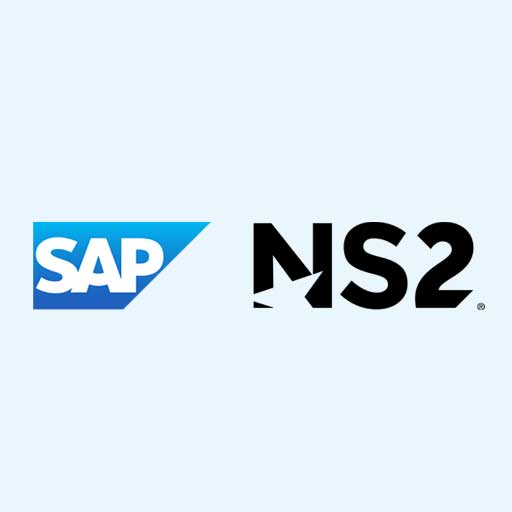While it’s no secret that cloud computing has positively transformed the way government agencies work, it’s become apparent that different types of risks can emerge if infrastructure is not implemented and safeguarded properly. With the increased frequency of data breaches being reported year after year, the security of government agencies is more important than ever. To ensure that compliance activities are thorough and efficient, NS2 is working with our government and regulated customers to find ways to better automate their compliance processes and provide the best possible foundation for security.
Balancing Security and Compliance
To better protect your agency data, it’s important to understand the difference between security and compliance. While compliance is a snapshot of how a security program meets a specific standard at a certain time, security is an ongoing effort to protect your information systems. Your agency may find that the adoption of strong compliance standards takes time and resources, but once gained, it will establish an excellent baseline security posture. To truly protect sensitive data, it’s critical to have the proper security program in place and be compliant.
Common Pitfalls
Security and compliance are different components of a necessary and crucial system. And it’s only when the two are combined that agencies can truly safeguard their data. However, a lot of this is easier said than done. The following are a few reasons why government agencies run into compliance and security issues:
- Federal cloud landscapes continue expanding across multiple vendors, adding to the complexity moving forward. For example, most agencies currently use multi-cloud platforms, and 75% report that managing multiple clouds will be a top challenge over the next five years. *
- Most government agencies work with massive amounts of data that often have different security and compliance requirements.
- There are constantly evolving regulatory mandates, each with hundreds of rules to be addressed.
- The massive surge in remote work has expanded endpoints and users and has increased risk to agencies.
Best Practices for Continuous Cloud Compliance
Your agency may find compliance takes a bit of time and resources to achieve, but once established, a good baseline security posture will ensure your data is protected. Common best practices for continuous cloud compliance include:
- Establishing baseline regulatory compliance – This will need to be maintained as workloads in the cloud shift.
- Ongoing risk assessment – Continuously monitor and analyze configuration and security information of your entire cloud landscape to detect when configuration drifts or new vulnerabilities appear.
- Enforcing automation – As your agency moves away from manual processes, automation will be key to maintaining full control of your environment. With programming, automation can take proactive corrections to maintain gold-standard baseline cloud configuration and alert stakeholders in time to remediate vulnerabilities.
- Modernizing tools – Replace rigid legacy platforms and slow custom code for more cost-effective tools. This will also give your agency the ability to rapidly evolve and improve capabilities as demands change.
- Upgrading skills – Modernized tools will require teams to have the right security expertise. Maintain regular cybersecurity training for best results.
Many federal agencies support their mission-critical operations with agile and innovative cloud deployments that incorporate a range of technologies. By implementing best practices and automating your compliance processes, your agency will be better positioned to mediate configuration drifts, detect anomalies, and decrease cloud spend.
To learn how NS2 can support your unique security requirements in the cloud visit sapns2.com/solution/cloud-erp-applications/ today.
* https://federalnewsnetwork.com/commentary/2020/01/its-complicated-what-feds-are-learning-about-multi-cloud-environments/


